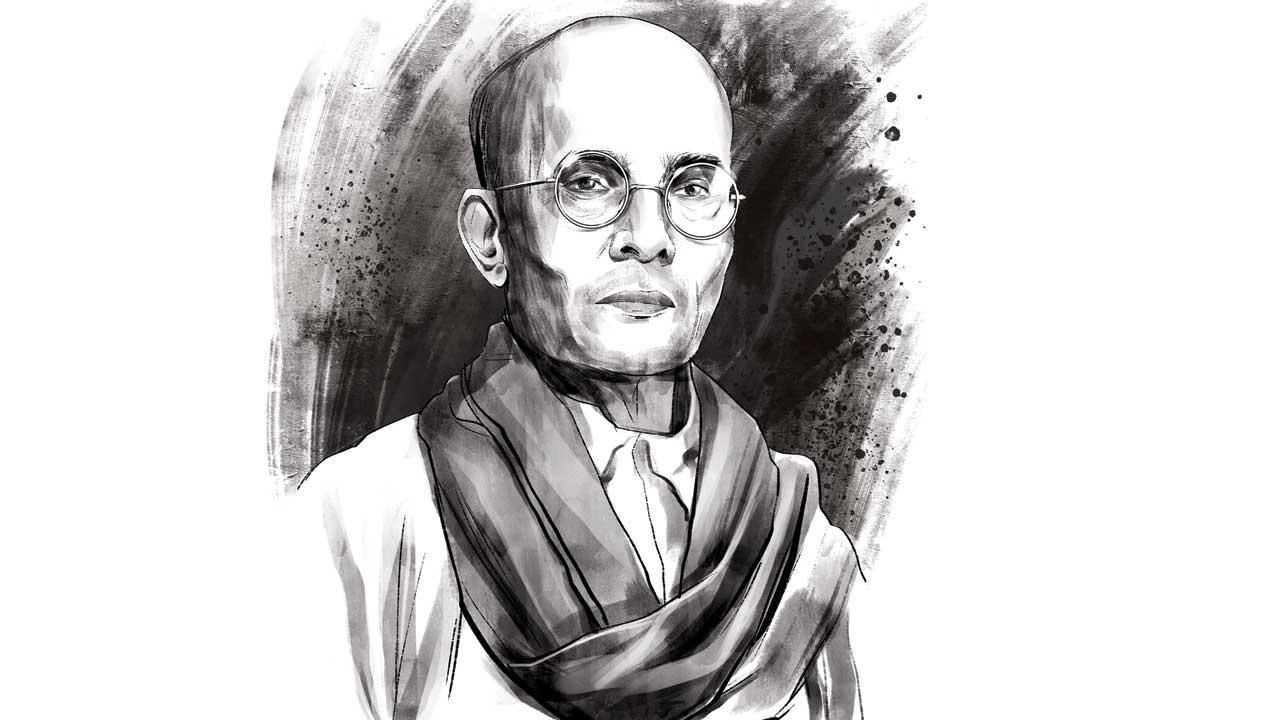Home / Sunday-mid-day / / Article /
Experts on why Veer Savarkar continues to evoke extreme reactions in Maharashtra
Updated On: 02 April, 2023 02:38 PM IST | Mumbai | Jane Borges
While Rahul Gandhi’s anti-Savarkar remarks have left the ruling party agitated and the MVA alliance divided, historians and biographers examine why the late revolutionary continues to elicit extreme reactions in Maharashtra

Illustration/Uday Mohite
A complex personality deserves perhaps, a more thorough and nuanced scholarship—one that has escaped India’s political chatter and slugfest for the longest time. Indian revolutionary leader Vinayak Damodar Savarkar is one among those, feels writer-journalist Vaibhav Purandare, who in 2019 published the single-volume biography, Savarkar: The True Story of the Father of Hindutva. “Savarkar through his lifetime remained a controversial figure. While he adopted the theory of Hindutva, he was at the same time extremely rational in his approach to public affairs—he didn’t have a problem with beef-eating, and did not invest too much importance in rituals. He felt that the books we really need to read are those of science and technology,” Purandare tells mid-day, adding, “His Hindutva was not religious, it was political.”
This then neither made him a trademark conservative, nor a trademark radical reformer. “One has to understand Savarkar in all his complexities.” Unfortunately, he feels, this has not been the case.



